For women with uterine fibroids, myomectomy, or fibroids removal surgery, is a life-changing option. Often discovered during the childbearing years, these benign growths can result in a number of symptoms, such as heavy menstrual flow, pelvic pain, and infertility. Even though fibroids are frequently benign, they can have a major negative impact on a woman’s quality of life. In contrast to a hysterectomy, a myomectomy preserves the uterus, enabling women to continue being fertile while also easing the uncomfortable symptoms of fibroids.

For women who want to keep their reproductive organs, myomectomy has become a very successful treatment over time. The goal of this surgery is to remove the fibroids without damaging the uterus. Following this procedure, women frequently report better menstrual cycles, less pelvic pain, and increased pregnancy chances. But choosing to have a myomectomy is not a decision that is made lightly. The decision-making process is heavily influenced by variables like the size and location of the fibroid and the woman’s desire for additional pregnancies.
| Procedure | Details |
|---|---|
| Name of Procedure | Myomectomy (Fibroid Removal Surgery) |
| Purpose | To remove uterine fibroids while preserving the uterus |
| Main Benefits | Relief from heavy bleeding, pelvic pain, and enhanced fertility |
| Type of Surgery | Open Myomectomy, Laparoscopic Myomectomy, Hysteroscopic Myomectomy |
| Duration of Surgery | Typically 2-3 hours |
| Recovery Time | 6-8 weeks (depending on the type of surgery) |
| Post-Surgery Care | Pain management, follow-up checkups, and gradual return to daily activities |
For more information on myomectomy and other fibroid treatments, visit .
The Benefits of Myomectomy for Women with Fibroids
Although uterine fibroids are common, they are frequently ignored until symptoms worsen. Despite being benign, these fibroids can lead to a number of problems during pregnancy, including pain, bleeding, and complications. One special advantage of a myomectomy is that it only removes the fibroids—not the uterus—so women can keep their menstrual cycle and reproductive organs. For women who hope to become parents in the future, this is especially crucial because a hysterectomy, which removes the entire uterus, would prevent conception.
Myomectomy patients frequently experience notable symptom relief. Following the procedure, there is a noticeable decrease in heavy menstrual bleeding, which can result in anemia. Similarly, after the procedure, pelvic pressure and pain—common complaints linked to fibroids—usually go away. The ability to preserve fertility while getting rid of these symptoms is, for many women, the strongest argument for having a myomectomy.
Which of the Various Myomectomy Types Is Best for You?
There are various types of myomectomy surgery, each specific to the size and location of the fibroids. The size, quantity, and location of the fibroids within the uterus all influence the type of surgery that is selected.
- Abdominal myomectomy, or open myomectomy
In order to reach the fibroids, the surgeon must make an abdominal incision. Because it allows the surgeon to see the pelvic organs clearly, this technique is frequently used for large or numerous fibroids. Patients who have an open myomectomy may require more time to recover; they usually need to stay in the hospital for a few days.
- Robotic or Laparoscopic Myomectomy
Laparoscopic or robotic myomectomy is a common option for patients looking for a less invasive procedure. This method removes the fibroids using a camera and tiny incisions. Postoperative pain is reduced and recovery times are accelerated. A single incision is made close to the belly button during single-port laparoscopic surgery, which some patients may even choose.
- Myomectomy by Hysteroscopic
Since there are no incisions needed, this is the least invasive option. To reach and remove fibroids inside the uterus, the surgeon inserts a camera through the vagina. Usually done as an outpatient procedure, this treatment is perfect for submucosal fibroids.
What to anticipate following surgery in terms of recovery and aftercare
The length of recovery following a myomectomy varies based on the procedure. Patients may require up to six weeks to recuperate completely following an open myomectomy. This is due to the fact that the procedure is more invasive and takes longer to heal. In contrast, many patients recover more quickly from laparoscopic and hysteroscopic procedures and resume their regular activities in a matter of weeks.
It’s critical to adhere to the surgeon’s instructions during the recovery phase, which may include taking prescribed painkillers and keeping follow-up appointments. Following surgery, the majority of women are advised to refrain from heavy lifting and physically demanding activities for a while. However, many women find that their symptoms significantly improve with the right care, allowing them to resume their regular activities, including, if they so choose, pursuing pregnancy.
What Does the Future Hold for the Treatment of Fibroids?
Although myomectomy is a very successful treatment for uterine fibroids, new treatment options are constantly being made possible by advances in medical technology. Uterine artery embolization (UAE) and focused ultrasound therapy are two new non-surgical methods for managing fibroids. Myomectomy is still the best option for women who want to maintain their fertility, though.
More individualized treatment options based on hormonal and genetic factors influencing fibroid growth might be available in the future. As more is discovered about the causes and progression of fibroids, new treatments that offer even more potent remedies with fewer risks and adverse effects might become available.
For the time being, women who are suffering from fibroids can be confident that myomectomy is still a tried-and-true treatment option that will improve their health and allow them to keep their reproductive health.
